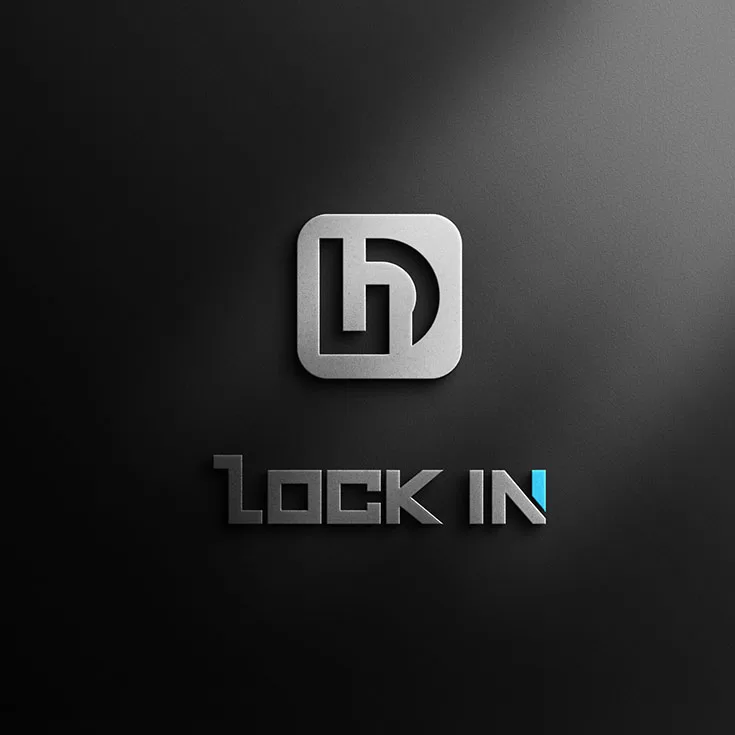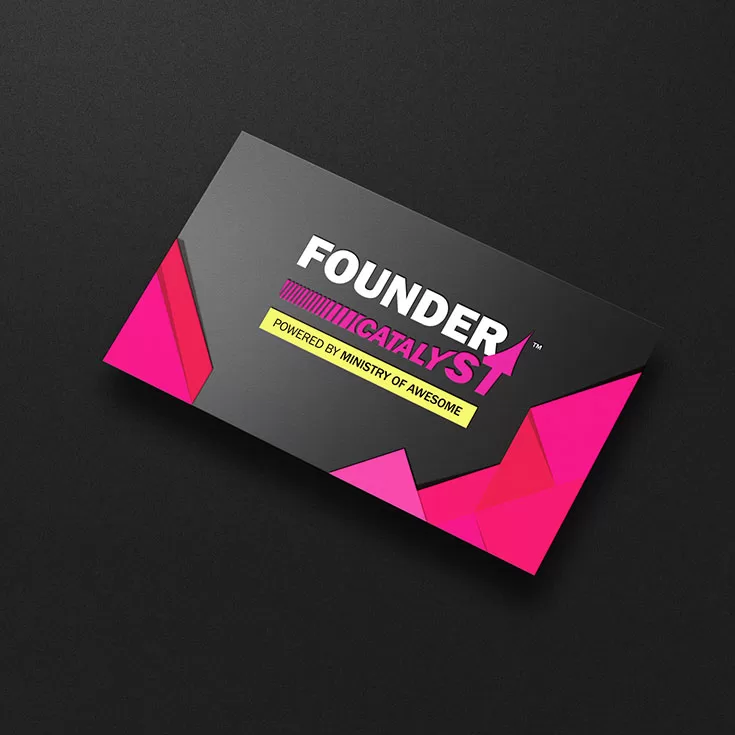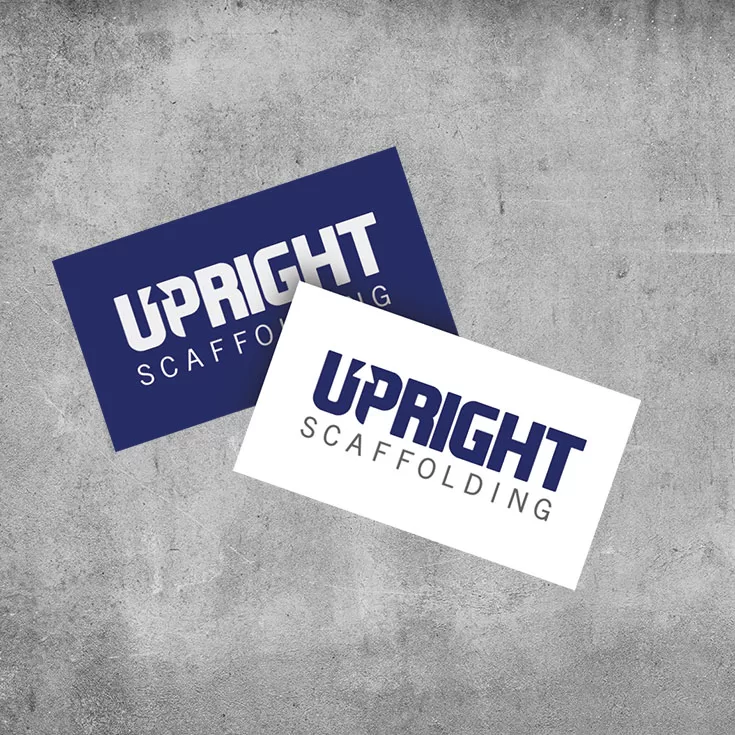
Expert Guide to Completing The Personal Branding Canvas
January 27, 2024
Why Your Website Should Be Responsive: What You Need to Know
March 21, 20247 Expert Tips for Designing the Best Brand or Logo.
Are you ready to embark on a journey to create the perfect logo for your brand?
Whether you're launching a new business or giving your existing brand a fresh look, the process of designing a logo can be both exciting and challenging.
This guide is your compass, leading you through the steps to craft a logo that truly represents your vision and resonates with your audience.


1. Understand your target audience
Your logo serves as the initial introduction to your business for potential customers. It's the face of your brand, and it needs to resonate with your audience. Here's what you should consider:
Customer Response: Keep in mind that if your potential customer doesn't connect with your logo, you might lose them forever. That's why it's crucial to understand your target market and tailor your logo accordingly.
Demographics: Are your customers professionals, creatives, young, or old? Understanding their demographics is key.
Customer-Centric Design: The better we grasp your customers' preferences, the more effectively we can design a logo that speaks directly to them. Your logo should not only reflect your brand but also resonate with your audience on a personal level.
Understanding your audience is a pivotal step in crafting a logo that captures the hearts and minds of your customers.

2. Consider where your brand will appear
Before diving into logo design, it's crucial to envision where your brand will make its mark. Understanding the various applications of your logo is key. Here's why:
Online vs. Physical Presence: Will your brand primarily exist online, appearing on your website, in emails, and perhaps on business cards? Or will it also feature on tangible products, vehicle decals, or billboards?
Future Applications: Think ahead. Where might your logo be used in the future? Anticipating potential placements is vital for versatile logo design.
Scale Matters: Highly detailed logos may not translate well when reduced in size. Consider the practicality of your logo in various dimensions, ensuring it remains recognisable and impactful even on tiny products.
Contemplating where your brand will be seen ensures that your logo is adaptable and effective across all platforms and materials.

4. Define brand elements
Determine the key brand elements you need:
Icon or Mark: Would you like an icon or mark that can stand alone, separate from the text? Icons are practical when your logo needs to be recognisable in contexts where the full name isn't displayed, such as on products or apparel. Think of brands like Vodafone or Adidas, which utilize standalone icons.
Text-Based Logo: Alternatively, you might prefer a text-based logo that predominantly features your brand name, like Coca-Cola or Google.
Clearly outlining your preferences for brand elements will guide the logo design process in the right direction.

5. Focus on your audience
While it's natural to want a logo that appeals to you personally, remember that its primary purpose is to attract and engage your audience.
Your logo is a marketing tool aimed at increasing business and fostering customer or client interest. Keep these points in mind:
Audience-Centric Design: Ensure that your logo resonates with your target audience. It's their response that truly matters.
Client or Customer Needs: Understand your clients or customers' preferences and requirements. Your logo should align with their tastes and expectations.
Avoid Personal Bias: Avoid the temptation of choosing a logo solely because it has personal significance. For example, if you run a children's clothing company, your logo should cater to your young audience's tastes, not just your own.
Prioritising your audience's response over personal preferences is key to creating a logo that effectively raises your profile and generates more business or interest.

6. Determine your brand’s value
Understanding the value of your brand is crucial. Consider these aspects:
Revenue Potential: How much revenue can your brand potentially generate for your business? Think about the long-term customer engagement it can foster.
Customer Worth: Assess the value of a new customer to your business. Knowing this helps you determine the worth of your brand.
Investment Decisions: Think about the investment you're willing and able to make to enhance your brand's success. Design costs can range widely, but remember that quality often aligns with investment. Your logo is often the
initial impression your clients receive.
Budget Considerations: Your budget will influence the number of logo concepts and iterations you receive from your designer.
By evaluating the potential return on investment and understanding the value your brand holds, you can make informed decisions about your logo design budget and its impact on your business's success.

7. Define your message
Consider the message you want your logo to convey about your business:
Impression: Think about the impression your logo should leave about your product or service. Do you want it to appear techie, contemporary, old-school, artsy, eco-friendly, corporate, or something else?
Storytelling: While it's natural to want your logo to tell your business's story, avoid the mistake of overloading it with details. A logo should create an impression and a feeling, not necessarily communicate every aspect of your business.
Keep It Simple: Simplicity is often key. Your logo should convey essential values and ideas, such as "professional" or "caring," without overwhelming complexity.
